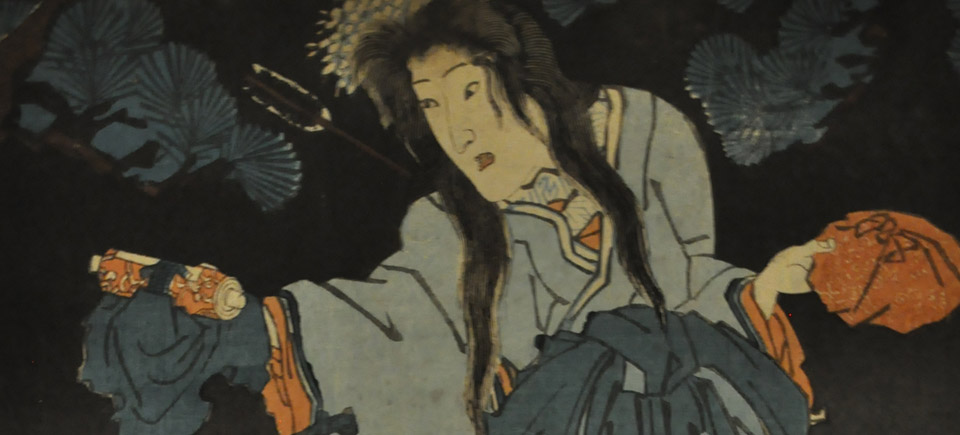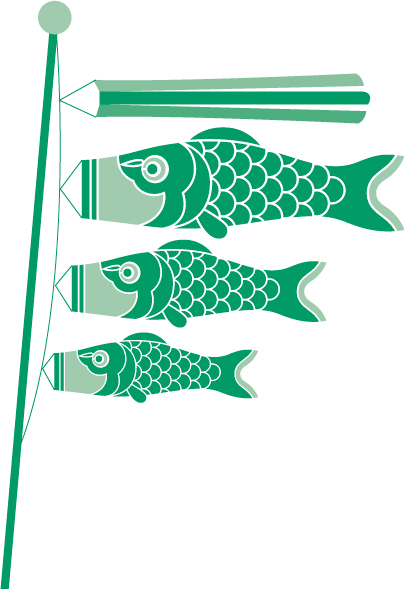Language
Batten down the hatches
Now the worst of the heat and humidity is behind us, we have the peak typhoon season to look forward to. Typhoons (tropical cyclones) wreak havoc in Japan just as they do everywhere else – an unstoppable force of gale-force winds and furious thunderstorms, coupled with the dangers of flooding and landslides. Whoopee. Although the typhoon season spans Jun–Sep, the peak is right about now. Even the mildest ones can bring public transport to a standstill, so understanding the weather warnings on TV, radio and online may help prevent you from being stranded someplace you’d rather not.
Typhoons are given numbers rather names here in Japan and are numbered in order of occurrence. So on TV you might hear an approaching taifu (from the Chinese tai feng) being referred to as “typhoon no.6” (taifu roku-go) etc. by weather forecasters. Most typhoons seem to pass us by here in Kansai luckily, but watch out for the following warnings regardless, or be prepared to seek shelter in a karaoke box for several hours while the storm passes.
| Vocab | |||
| 台風 | たいふう | taifuu | Typhoon |
| 洪水 | こうずい | kouzui | Flood |
| 津波 | つなみ | tsunami | Tsunami/Tidal Wave |
| 暴風 | ぼうふう | boufuu | Windstorm |
| 低気圧 | ていきあつ | tei kiatsu | Low Atmospheric Pressure |
| 高気圧 | こうきあつ | kou kiatsu | High Atmospheric Pressure |
| 前線 | ぜんせん | zensen | Weather Front |
| 注意報 | ちゅういほう | chuiho | Weather warning (caution) |
| 警報 | けいほう | keiho | Extreme weather warning |
| 風速 | ふうそく | fusoku | Wind speed |
| 大雨洪水 警報 |
おおあめこう ずいけいほう |
oame-kozui keiho |
Heavy rain and flooding warning |
| 運転見合 わせ |
うんてんみあ わせ |
unten miawase | Delayed (trains, planes etc.) |








